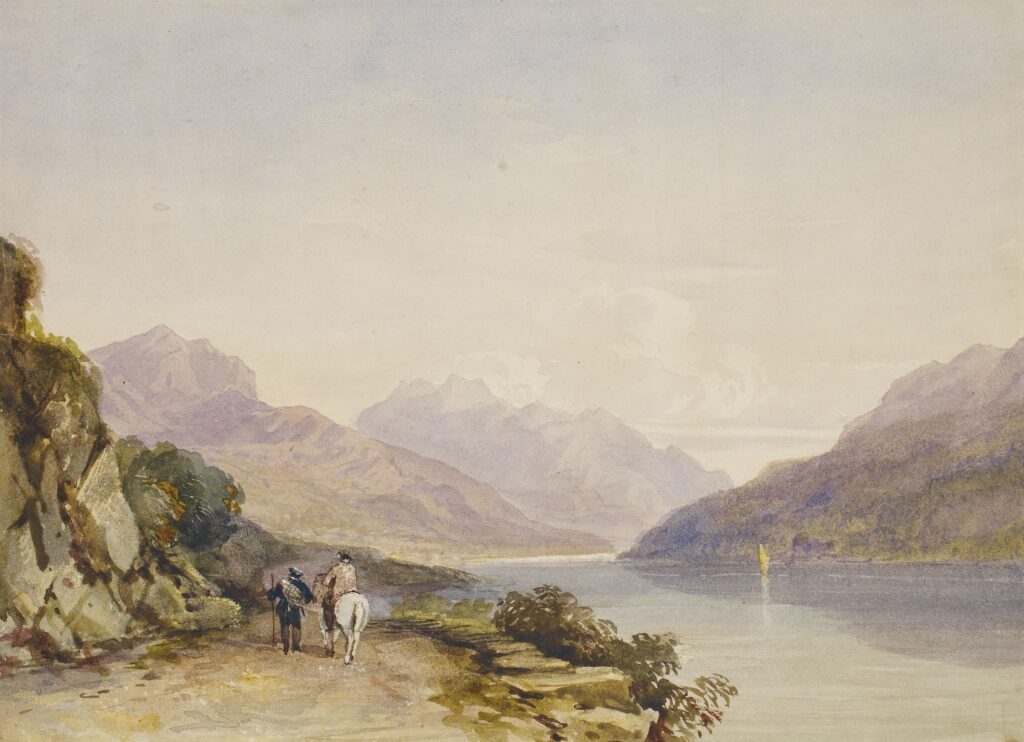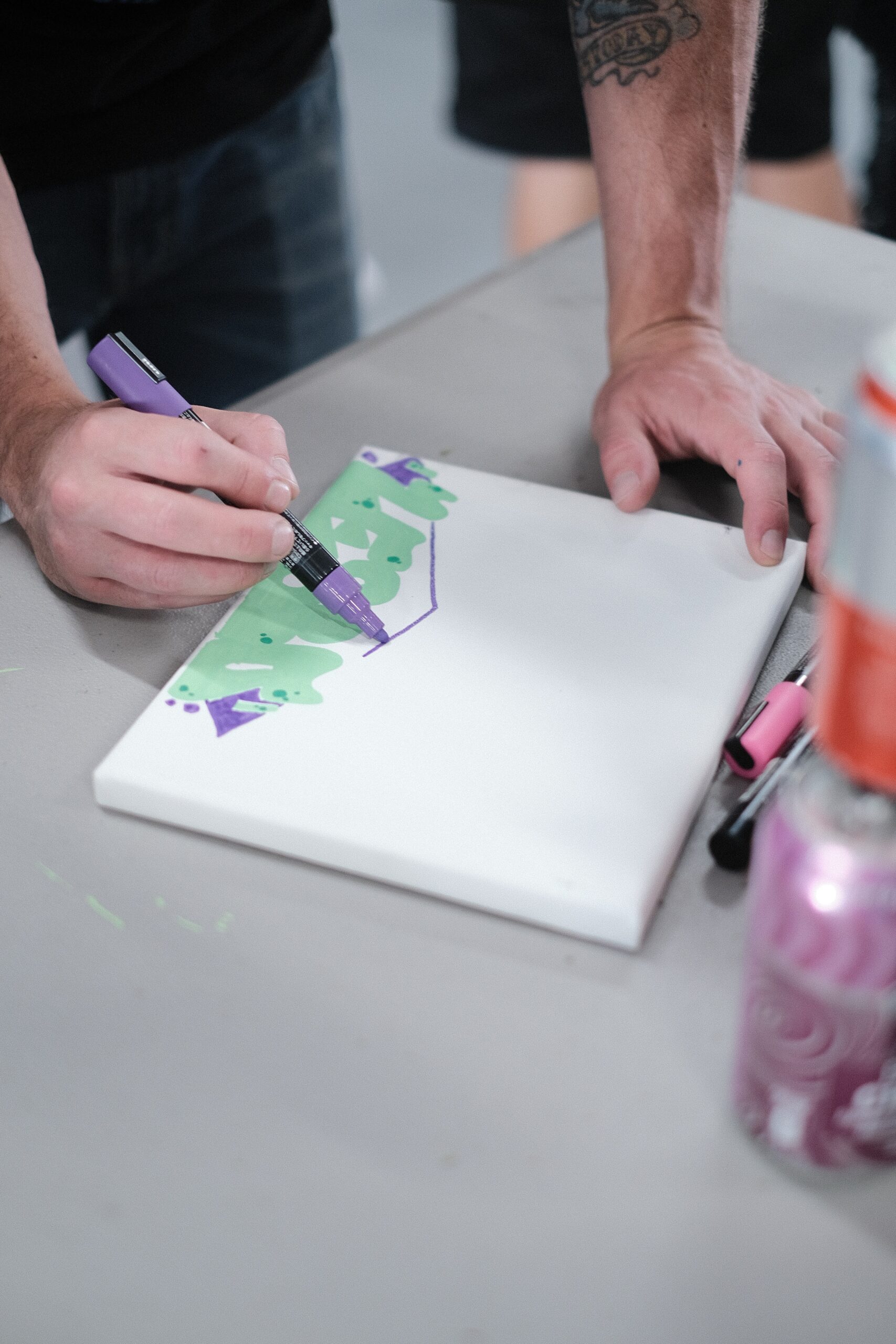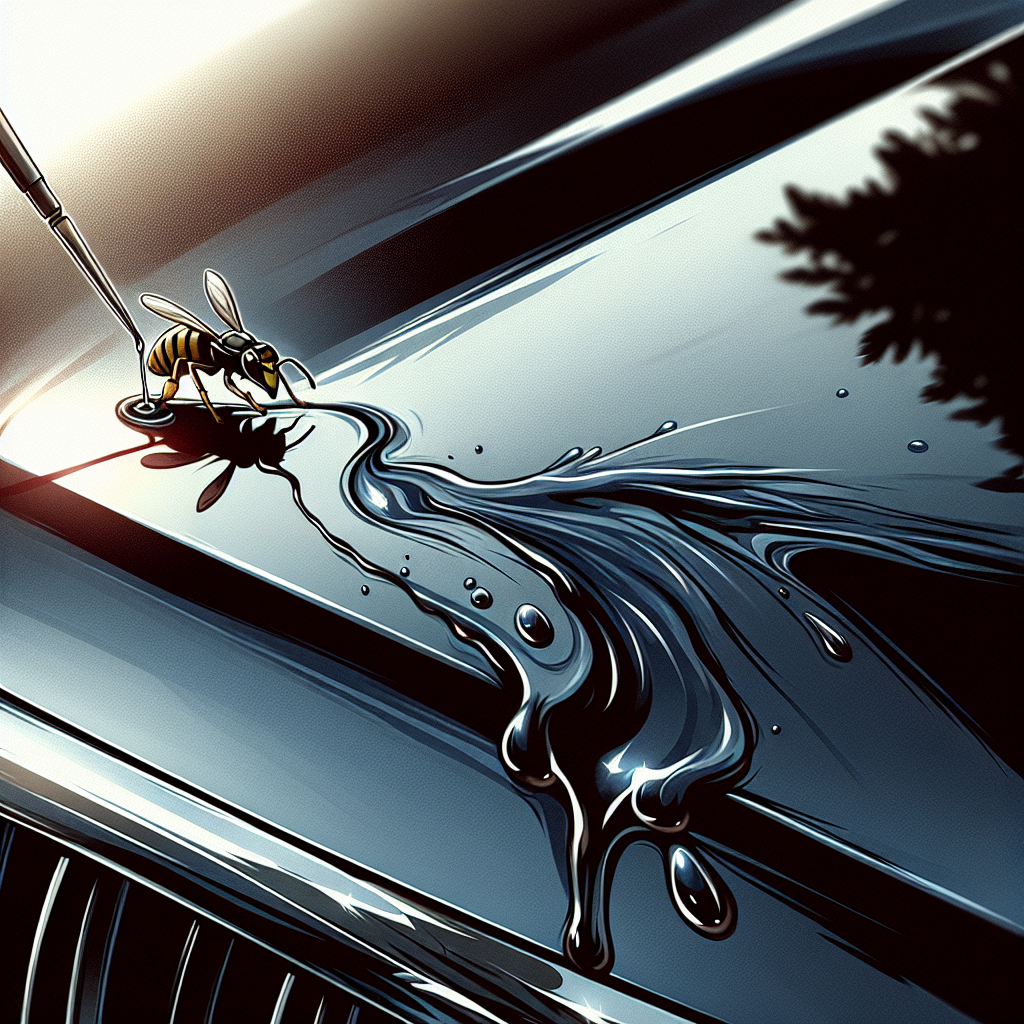In this article, we will explore the possibility of spray painting a wool hat. Many individuals may question the feasibility of using spray paint on a delicate material like wool. However, we aim to provide you with valuable insights and guidelines on how to effectively transform your wool hat using this unconventional method. By understanding the appropriate techniques and materials, you can unleash your creativity and give your wool hat a unique and personalized touch.
Understanding the Makeup of Wool
Properties of wool
Wool is a natural fiber that is highly regarded for its warmth, durability, and excellent moisture-wicking abilities. It is derived from the fleece of sheep and possesses unique properties that make it a popular choice for various textile applications. Wool fibers have a three-dimensional structure with overlapping scales, which contribute to its insulation and water repellent properties. Additionally, wool has a natural elasticity and resilience, allowing it to maintain its shape and resist wrinkling.
Why wool is sensitive to chemicals and heat
While wool has many desirable qualities, it is also known to be sensitive to certain chemicals and heat exposure. This sensitivity is due to the complex structure of wool fibers, which can be easily damaged by harsh chemicals and high temperatures. Wool fibers have a protein-based composition that can react and break down when exposed to alkaline substances, strong acids, and oxidizing agents. Heat can also cause wool to shrink, felt, or lose its natural properties. Therefore, it is important to handle wool with care and avoid subjecting it to harsh conditions.
How wool reacts to paints
When it comes to paints, wool can react differently depending on the type of paint used. Natural wool fibers are generally more receptive to water-based paints, such as acrylics, as they do not contain harsh chemicals that could damage the fibers. These types of paints can be easily absorbed by the wool, resulting in vibrant and long-lasting colors. However, oil-based paints and certain solvent-based paints may not be suitable for use on wool, as they can interfere with the fiber’s structure and potentially cause damage or discoloration. It is crucial to choose the right type of paint to ensure the best results when spray painting wool.

This image is property of images.unsplash.com.
Concept of Spray Painting Wool
What is spray painting
Spray painting is a technique that involves using a pressurized container or aerosol can to disperse paint particles onto a surface. It provides a convenient and efficient way to apply an even coat of paint, especially on complex or textured surfaces like wool. Spray painting allows for greater control and precision, resulting in a smooth and professional-looking finish. It is commonly used in various industries, including automotive, furniture, and art.
Situations where spray painting wool may be attempted
There are several situations where spray painting wool may be considered. One such scenario is when individuals want to change the color of their wool hats or other woolen items. Spray painting offers a quick and easy way to transform the appearance of these items, allowing for personalized customization. Additionally, spray painting can be used in artistic endeavors, such as creating unique designs or patterns on wool garments or accessories. However, it is important to exercise caution and follow proper techniques to avoid damaging the wool during the process.
Pros and cons of spray painting wool
Spray painting wool offers several advantages, such as ease of application, smooth finish, and the ability to achieve vibrant and even colors. The spray painting technique allows for better coverage, particularly on textured surfaces like wool, ensuring that the paint adheres uniformly without leaving brush strokes or streaks. It also provides the flexibility to create intricate designs or gradient effects. However, there are also potential drawbacks to consider. Wool’s sensitivity to chemicals and heat means that improper paint selection or application techniques could result in damage or color distortion. Additionally, spray painting can be messy, requiring proper preparation and a controlled workspace to minimize potential issues.

This image is property of images.unsplash.com.
Choosing the Right Type of Paint for Wool
Types of paint suitable for wool
When it comes to choosing the right type of paint for wool, it is crucial to select paints that are specifically formulated for use on textiles. Water-based or acrylic paints are generally the most suitable options for wool, as they are non-toxic, flexible, and can be easily absorbed by the natural fibers. These paints also provide excellent color retention and durability. Fabric paints, including those specifically designed for spray painting, are also a good choice as they have been formulated to adhere well to textile surfaces and maintain the softness and flexibility of the fabric.
Factors to consider when choosing paint
When selecting paint for spray painting wool, there are several factors to consider. Firstly, ensure that the paint is labeled as safe for use on textiles. This will ensure that the paint will not damage or alter the properties of the wool. Secondly, consider the specific project requirements, such as the desired color intensity, finish (matte or glossy), and special effects like metallic or glitter. Additionally, take into account the ease of application and clean-up, as well as any potential odor or toxicity concerns. It is always wise to test the paint on a small, inconspicuous area of the wool before proceeding with the full project to ensure compatibility and desired results.
Why some paints are not suitable for wool
Certain paints, especially oil-based paints and solvent-based paints, are not suitable for use on wool due to their composition and potential to damage the fibers. Oil-based paints contain solvents that can interfere with the structure of the wool and cause it to become stiff, discolored, or lose its natural properties. Solvent-based paints may also have a strong odor and can be toxic, posing health risks during application. Additionally, these types of paints may not adhere well to wool, resulting in poor color retention and limited durability. It is crucial to avoid using paints that are not specifically formulated for textiles when spray painting wool to ensure the longevity and integrity of the fabric.

This image is property of images.unsplash.com.
Preparation Before Spray Painting Wool
Cleaning the wool hat
Before spray painting a wool hat or any woolen item, it is essential to prepare the surface by cleaning it thoroughly. Start by gently brushing the hat to remove any loose dirt or debris. If there are any stains or spots, treat them with a mild detergent solution or a specialized fabric cleaner suitable for wool. Be sure to follow the manufacturer’s instructions for the cleaning product and perform a patch test on a small, inconspicuous area to check for any adverse reactions. Rinse the hat thoroughly and allow it to air dry completely before proceeding with the spray painting process. Clean and dry wool ensures proper paint adhesion and helps achieve the desired results.
What materials are needed
To successfully spray paint a wool hat, you will need the following materials:
- Wool hat: Ensure that the hat is clean and free from any dirt or stains.
- Fabric-safe spray paint: Choose a paint specifically formulated for textiles and suitable for use on wool.
- Masking tape or painter’s tape: This will help protect any areas of the hat that you do not wish to paint.
- Plastic sheet or drop cloth: Use this to cover your work surface and protect it from overspray or accidental paint drips.
- Gloves: Wear gloves to protect your hands from paint and ensure a clean application.
- Respirator or mask: Some spray paints emit fumes or particles that may be harmful if inhaled, so it is important to protect your respiratory system.
Setting up a safe and effective workspace
Creating a safe and effective workspace is crucial when spray painting a wool hat. Choose a well-ventilated area, preferably outdoors or in a well-ventilated room. Adequate ventilation will help disperse any fumes produced during the painting process and prevent them from accumulating. Cover the surrounding area with a plastic sheet or drop cloth to protect it from overspray or accidental paint drips. Ensure that the workspace is clean and free from any dust or debris that could interfere with the paint adhesion. It is also important to wear protective gloves and a respirator or mask to minimize any potential health risks.

Step-by-Step Process of Spray Painting a Wool Hat
Detailed guide of the spray painting process
- Prepare the wool hat: Ensure that the hat is clean and dry before starting the spray painting process. Remove any accessories or embellishments that you do not wish to paint.
- Protect areas: Use masking tape or painter’s tape to cover any areas of the hat that you want to keep unpainted, such as the brim or any decorative elements. This will create clean, crisp lines and prevent overspray.
- Shake the spray paint can: Shake the can vigorously for at least one minute to ensure proper mixing of the paint.
- Test the spray pattern: Before applying the paint to the hat, perform a test spray on a piece of scrap fabric or cardboard to familiarize yourself with the spray pattern and adjust the nozzle if necessary.
- Apply the paint: Hold the spray paint can approximately 6-8 inches away from the hat and apply thin, even coats of paint. Begin with a light misting motion and gradually build up the coverage. Avoid spraying too close to prevent the paint from pooling or running.
- Allow drying time: Follow the manufacturer’s instructions regarding the drying time between coats. Typically, it is recommended to wait for the initial coat to dry completely before applying additional layers.
- Apply additional coats if needed: Assess the coverage and color intensity after each coat and decide if further coats are required to achieve the desired results. Be patient and allow each coat to dry fully before proceeding to the next one.
- Remove the tape: Once the final coat is dry, carefully remove the masking tape or painter’s tape to reveal clean lines and edges.
- Optional: Apply a fabric sealer or fixative: Depending on the specific fabric spray paint used, you may consider applying a fabric sealer or fixative to enhance the durability and longevity of the paint. Follow the manufacturer’s instructions for application and drying time.
- Allow for final drying: After completing the spray painting process, allow the hat to dry fully according to the manufacturer’s instructions. This will ensure that the paint fully bonds with the wool fibers and sets properly.
How to handle the wool during spray painting
When handling the wool hat during the spray painting process, it is crucial to minimize direct contact with your hands. The oils from your skin can interfere with the paint adhesion or smudge the paint surface. Wear gloves to protect the hat from any oil or dirt transfer. You can hold the hat by its edges or use a clean, dry surface to support it while spraying. It is important to handle the hat gently and avoid excessive manipulation that may cause the paint to smear or pool. Keep in mind that wool fibers can be easily damaged, so take extra care when maneuvering the hat during the spray painting process.
Dos and Don’ts of spray painting a wool hat
To ensure a successful spray painting experience with a wool hat, here are some dos and don’ts to keep in mind:
Dos:
- Do clean the hat thoroughly before painting to ensure proper paint adhesion.
- Do protect any areas of the hat that should remain unpainted using masking tape or painter’s tape.
- Do apply thin, even layers of paint to prevent pooling or running.
- Do allow each coat to dry fully before applying additional layers.
- Do follow the manufacturer’s instructions regarding drying time and application techniques.
- Do wear gloves and respirator or mask to protect yourself during the painting process.
- Do consider applying a fabric sealer or fixative for enhanced durability.
Don’ts:
- Don’t use paints that are not specifically formulated for textiles or wool.
- Don’t overspray or apply heavy coats of paint, as this can lead to uneven coverage and potential damage to the wool.
- Don’t rush the drying process, as premature handling can smudge or ruin the paint.
- Don’t forget to test the spray pattern and assess the color intensity before applying the paint to the hat.
- Don’t neglect proper ventilation during the painting process to minimize fumes or odors.




